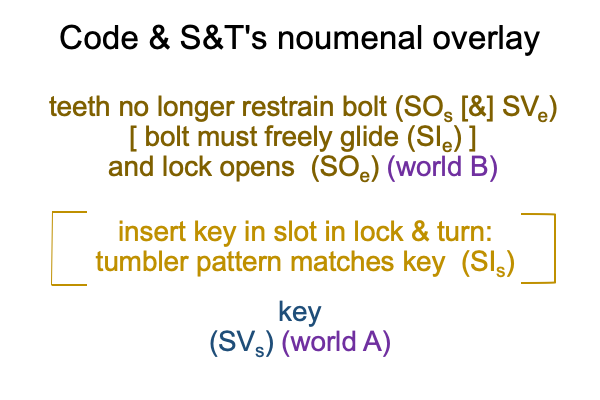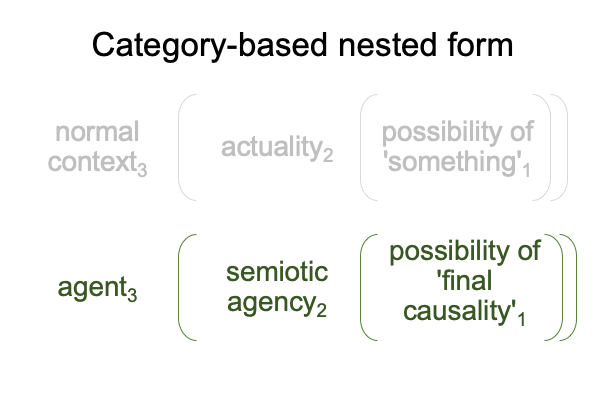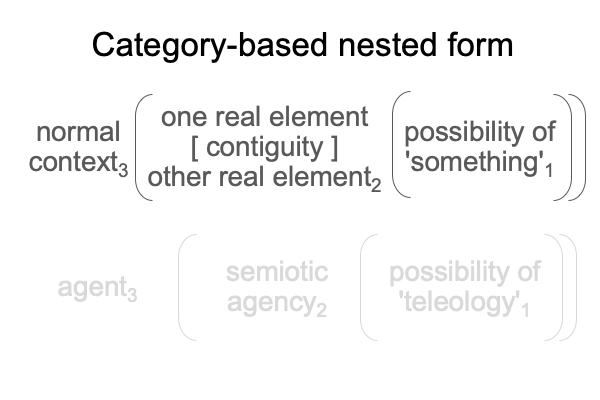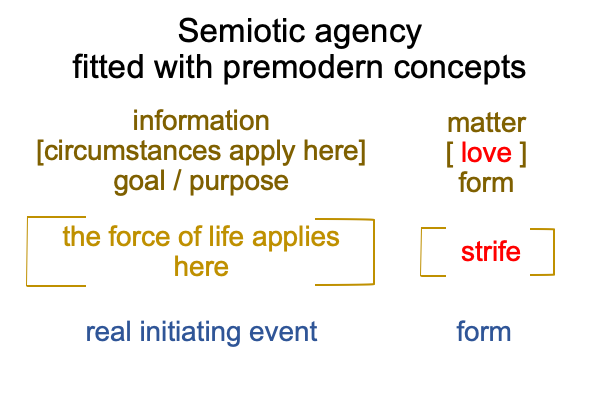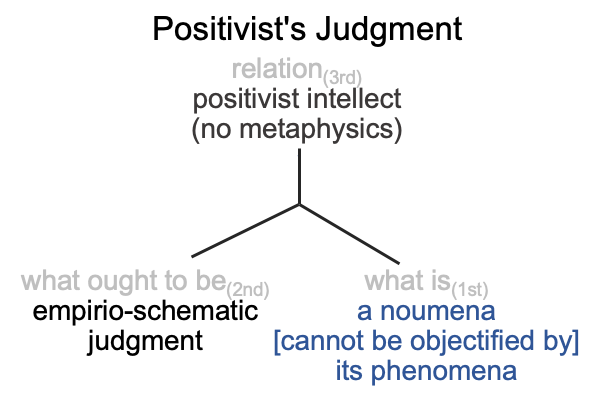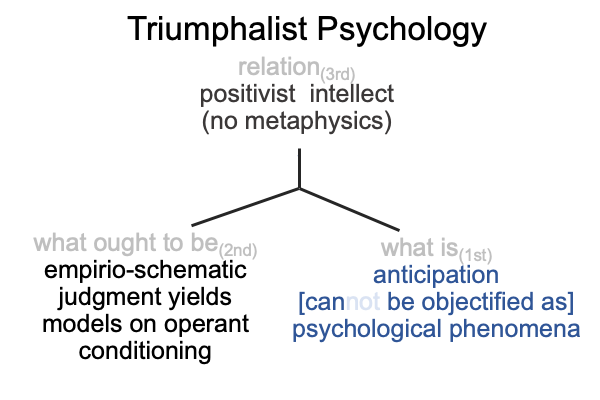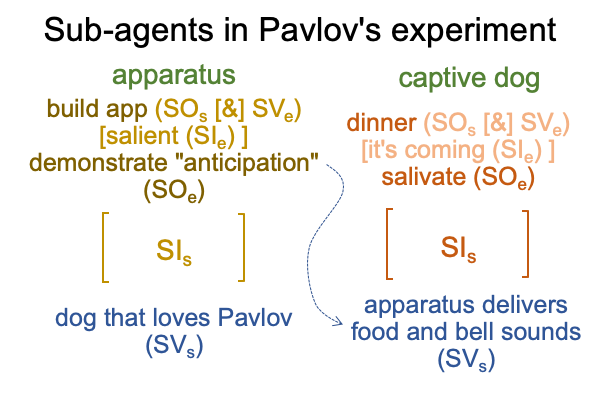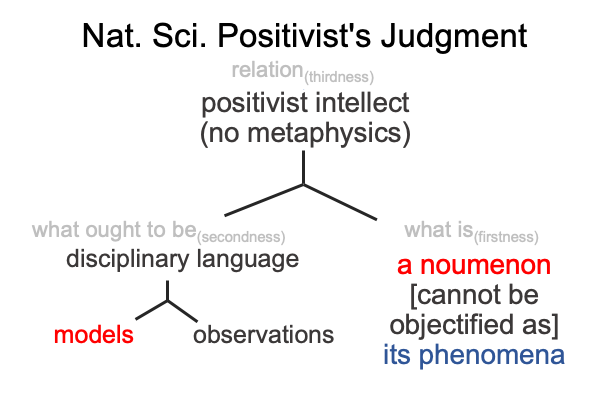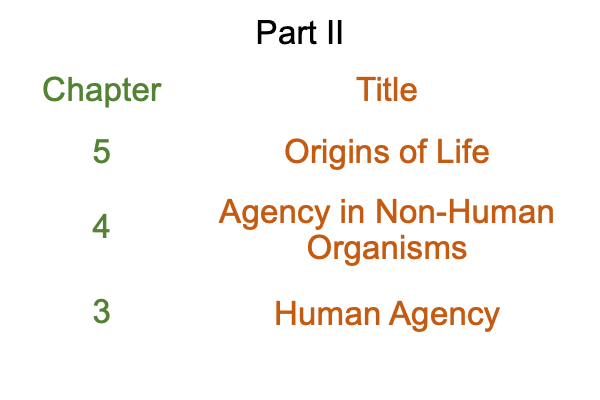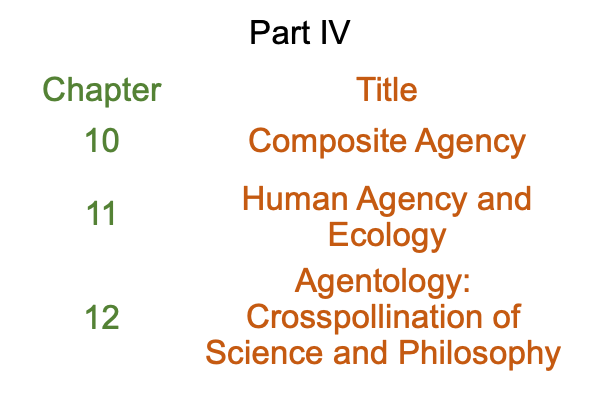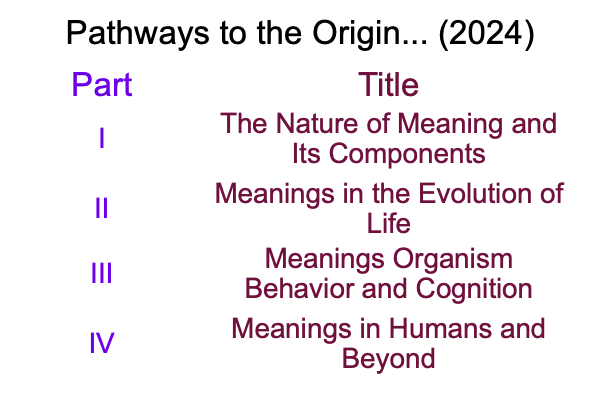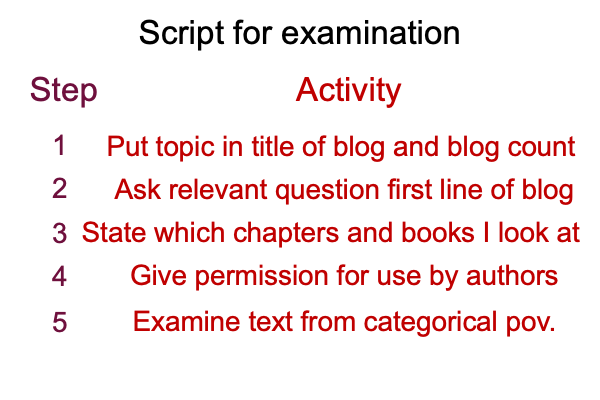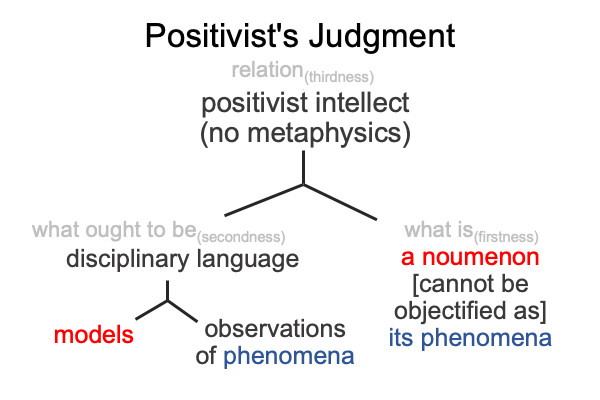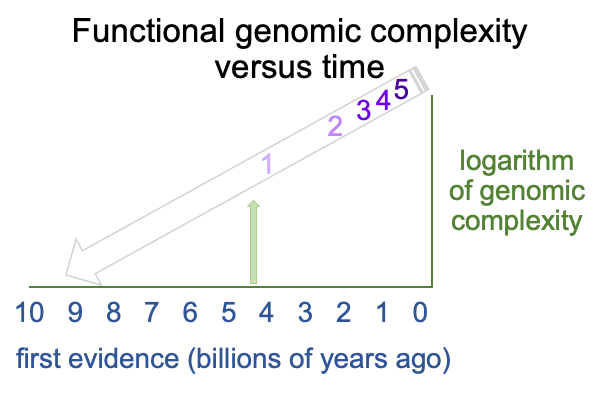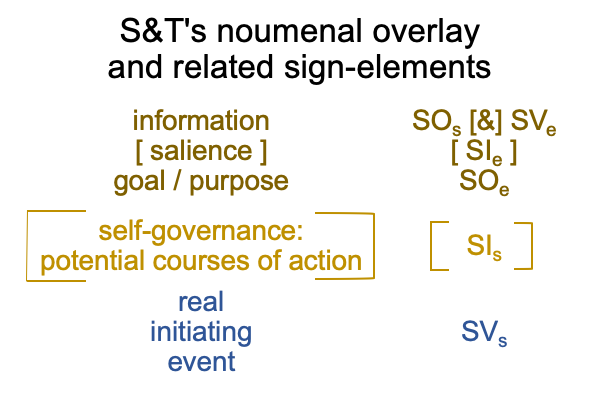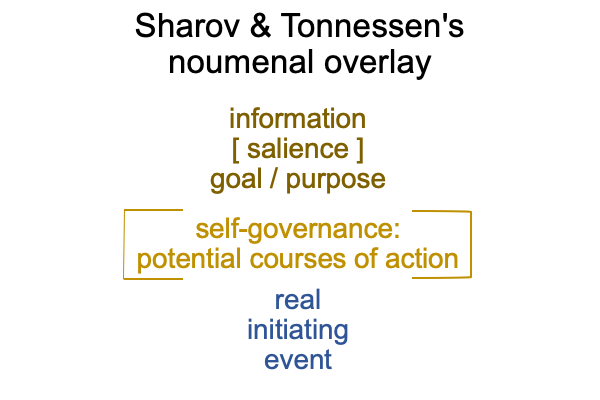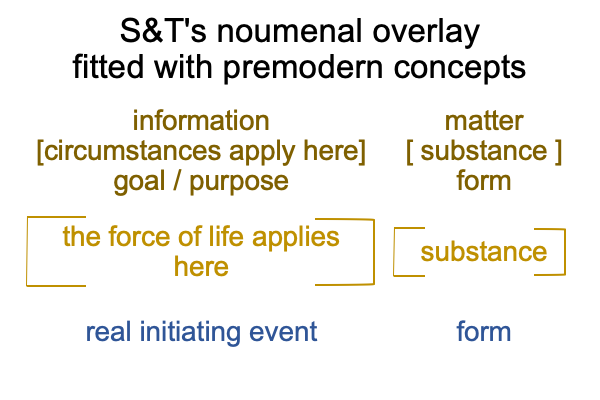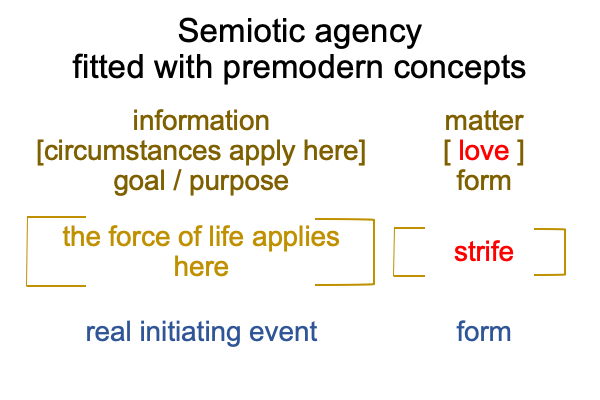Looking at Robert Prinz’s Chapter (2024) “Meaning Relies on Codes But Depends on Agents” (Part 1 of 5)
0395 The text before me is chapter eleven in Pathways to the Origin and Evolution of Meanings in the Universe (2024, edited by Alexei Sharov and George E. Mikhailovsky, pages 245-264). The author hails from Rechenkraft.net e.V., a non-profit association located in Marburg, Germany. Rechenkraft translates in English as “computing power”. The author and editors have permission to use and reprint this commentary.
0396 From prior examinations, I propose that Alexei Sharov’s and Morten Tonnessen’s 2021 book, Semiotic Agency, formulates a noumenal overlay for the diverse field of biosemiotics. All manifestations of semiotic agency are unique. Each is a subject of inquiry on its own. Yet, they have one relational structure in common.
0397 Furthermore, from prior examinations, Deacon and Tabaczek’s interscope of emergence also associates to the S&T noumenal overlay. Here is a picture of the resulting dyad within a dyad.
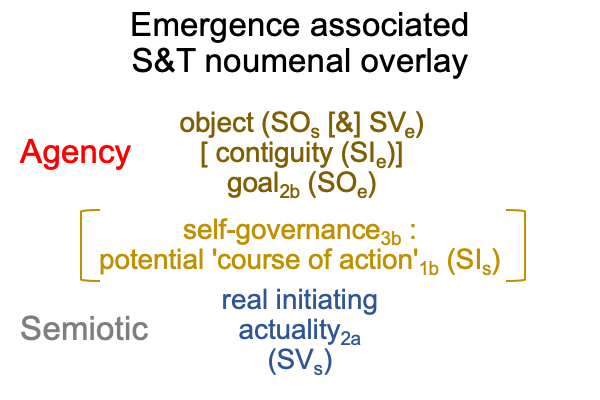
0398 In many respects, the chapter under examination consists of a review of the work of Italian biosemiotician, Marcello Barbieri (b. 1940), who has extensively theorized on organic codes. An organic code is an arbitrary mapping between two independent worlds (A and B) by a set of adaptor molecules.
0399 I can associate the body of this definition to a hylomorphe. The two real elements are A and B. The contiguity is a map. The set of adaptors must be associated with the map.
0400 Does this association key into the S&T noumenal overlay?
Here is a picture.
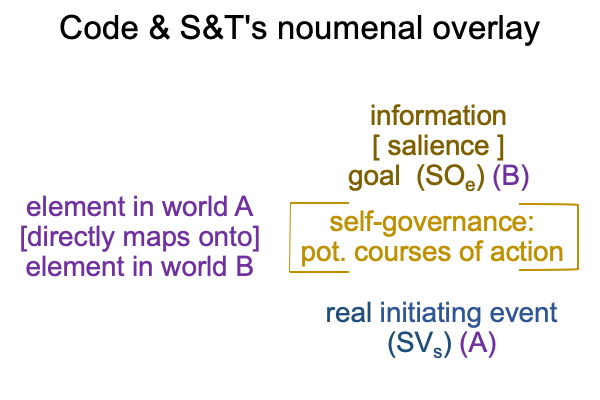
0401 Indeed, the S&T noumenal overlay offers an alternate way to appreciate Barbieri’s definition of organic code. Mapping requires two styles of adaptor. The first (SIs) concerns ways to specify how the two worlds are capable of mapping onto one another. The second (SIe) locks onto one particular option within this specified capability.
0402 For example, a key (SVs, A) must appropriately move all the tumblers in a lock (SIs), producing that highly uncertain moment when the lock is no longer locked, but is not yet open (SOs).
But, the bolt once held in place by the tumblers (SVe) must glide out (SIs) in order to open (SOe) the lock (SVe, B).
